An Air New Zealand Airbus A321neo diverted to Auckland Airport after an emergency landing due to challenging weather during its approach to Wellington. This incident illustrates the challenges pilots face with adverse weather, particularly wind shear, which can significantly affect flight safety.
On September 26, 2024, the A321neo, registered as ZK-NND, flew from Brisbane Airport to Wellington Airport. Just before landing, the pilots encountered difficulties and executed a go-around after the main wheels briefly touched down. Initial concerns about a tail strike arose, but investigations revealed that wind shear caused the incident.
After the go-around, the aircraft landed safely at Auckland Airport. However, the airline canceled the return flight to Brisbane, and the five-year-old A321neo remained on the ground for maintenance checks. Inspections confirmed no tail contact with the runway, easing initial fears. The airline also sent aircraft data to the manufacturer for further analysis, ensuring the maintenance team could take necessary actions before returning the aircraft to service.
Air New Zealand reassured passengers, stating that they re-accommodated everyone on alternative flights. The airline emphasized that such incidents are rare, and the crew is well-trained for emergencies. The safety of customers and crew remains Air New Zealand’s top priority.
Understanding the go-around procedure is crucial. A go-around occurs when pilots abort a landing during the final approach. Various factors, such as unsafe landing conditions or technical issues, can lead to this decision. Go-arounds have increased, as shown by a recent incident at San Francisco International Airport, where two planes executed go-arounds because another aircraft was taxiing on the runway.
The Air New Zealand A321neo incident highlights the importance of safety protocols and crew expertise in handling unexpected challenges. By prioritizing training and safety measures, airlines strive to ensure the well-being of passengers and crews in a complex aviation landscape. Lastly, don’t forget to check WentWorld.com and follow our social media channels for the best travel tips and destination guides.
Related stories:
Catch up on the top stories and travel deals by subscribing to our newsletter!

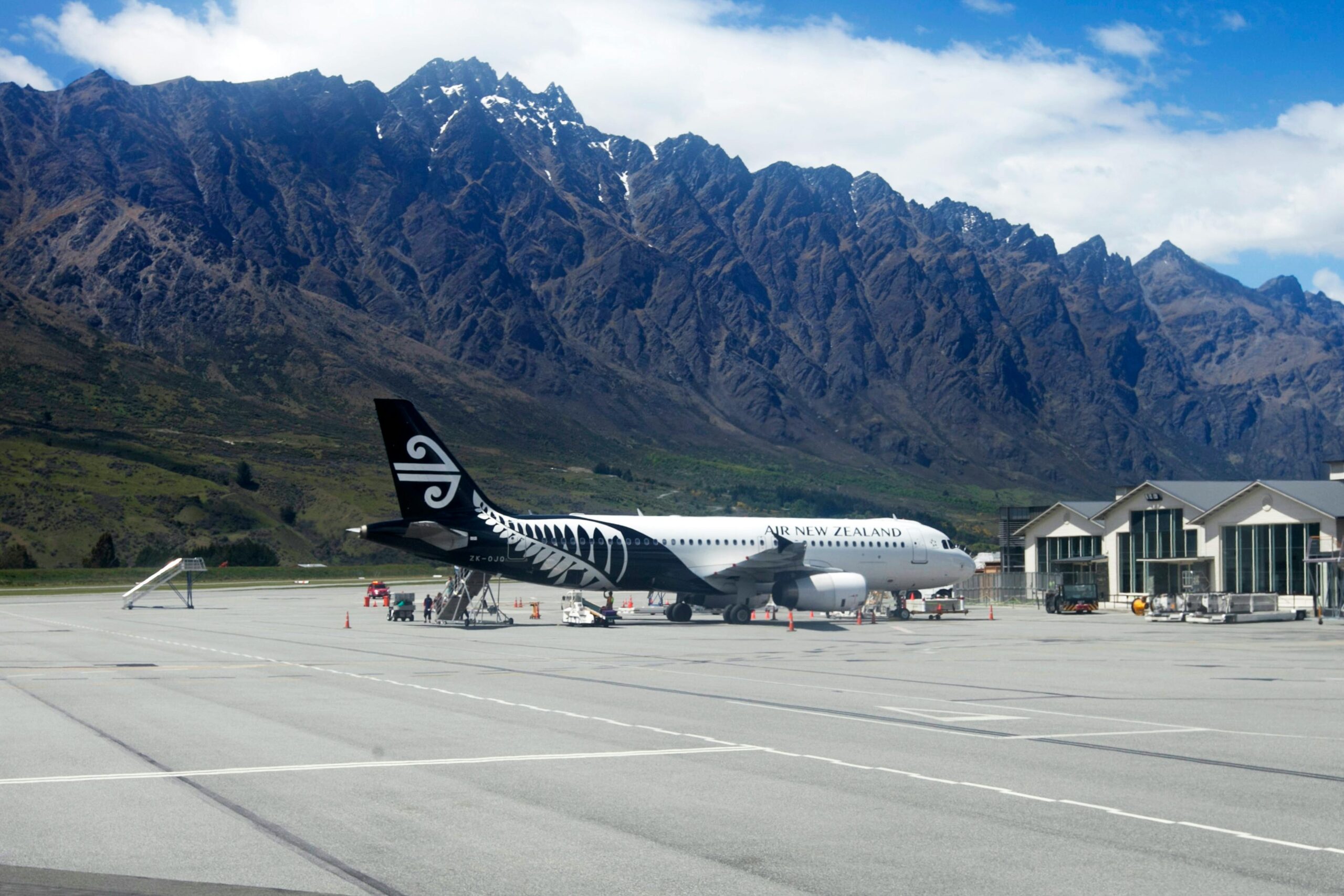

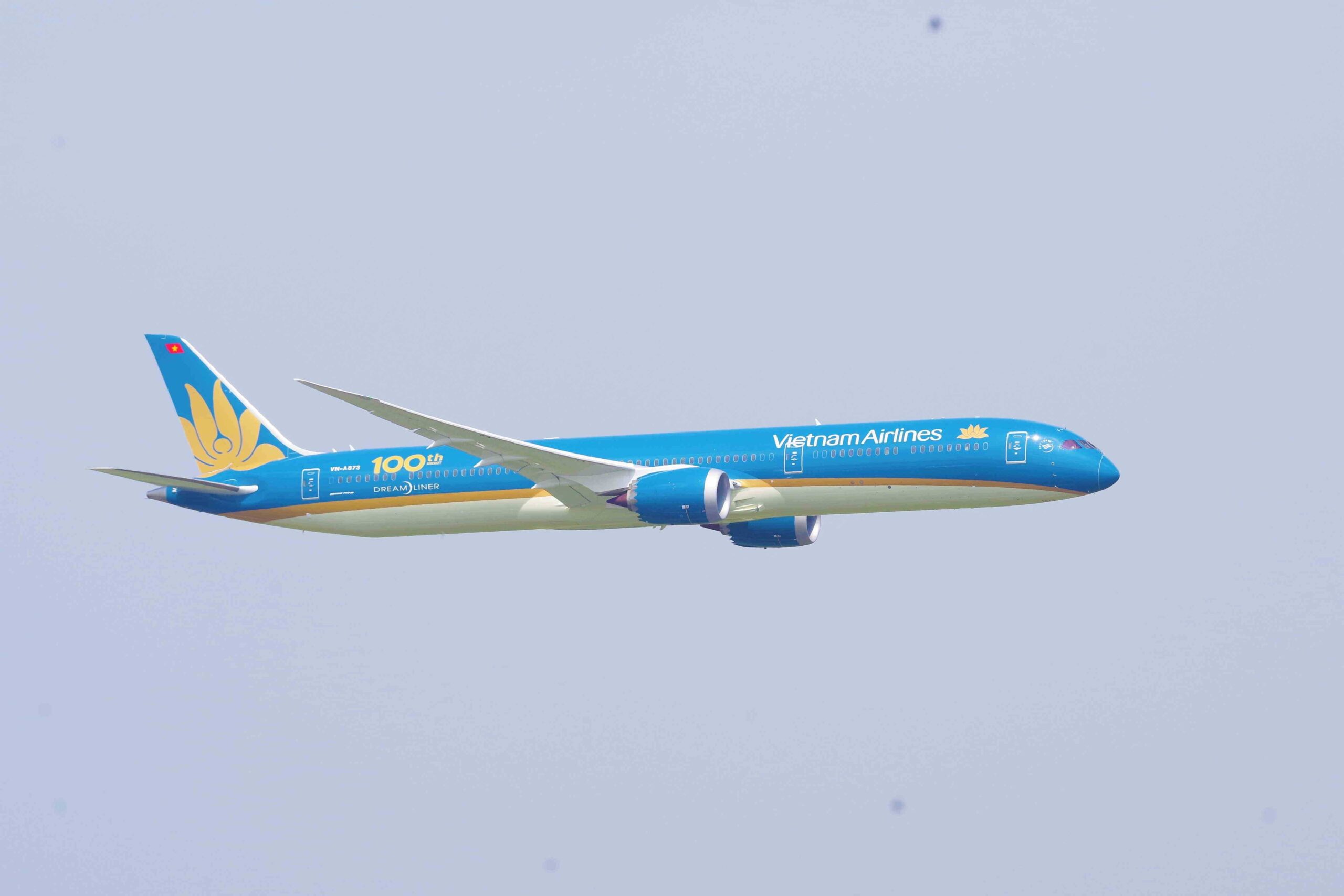
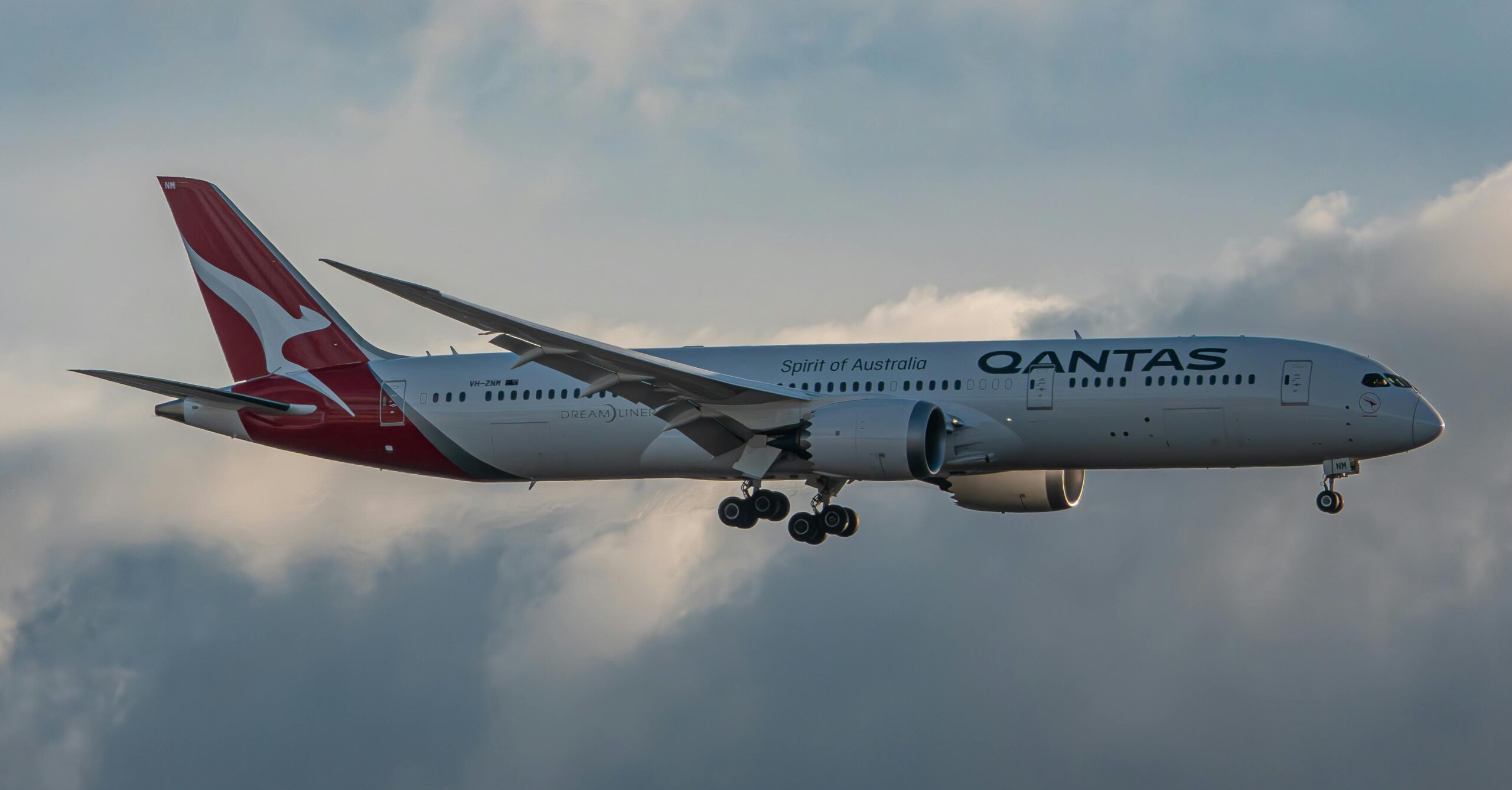
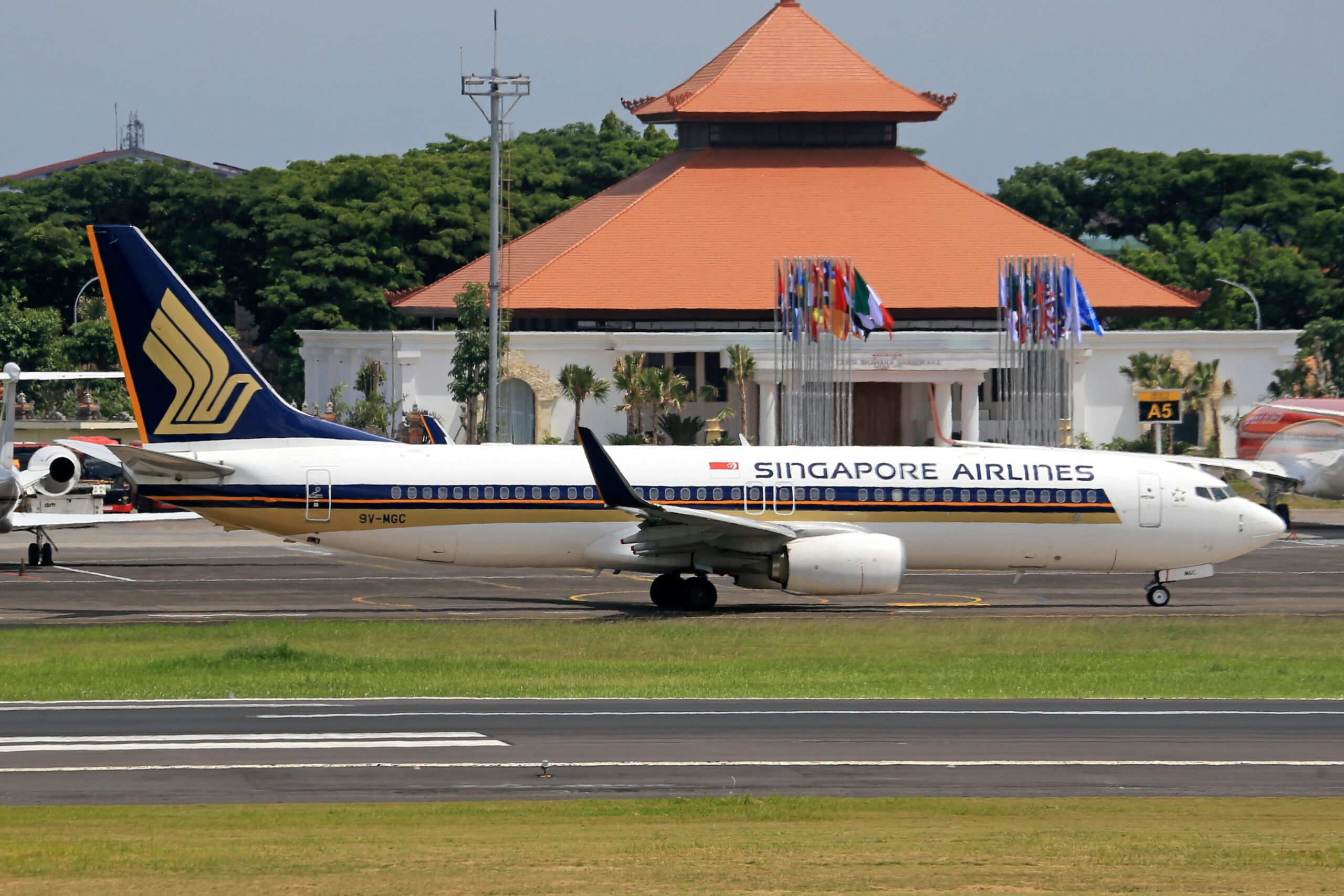
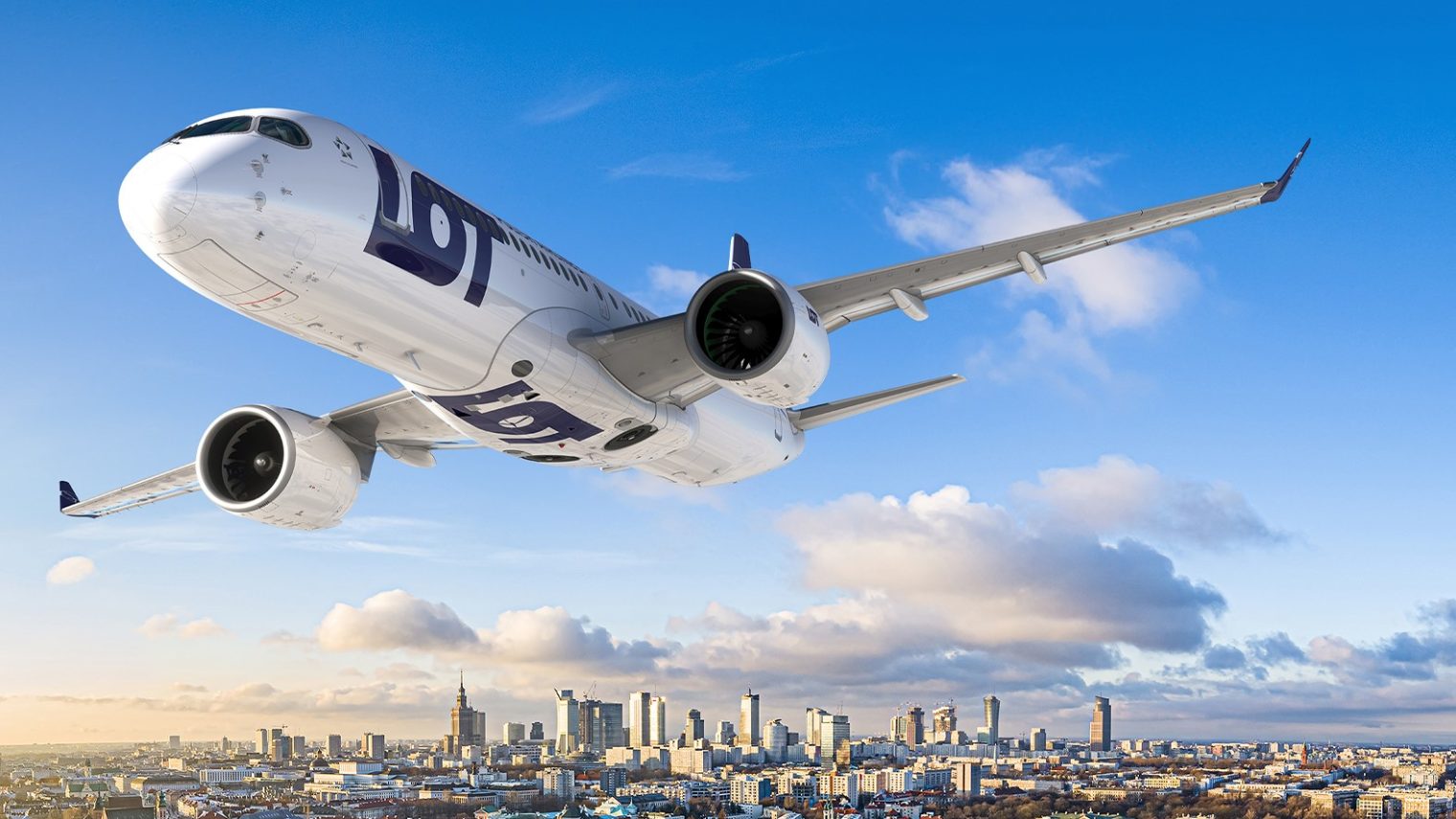
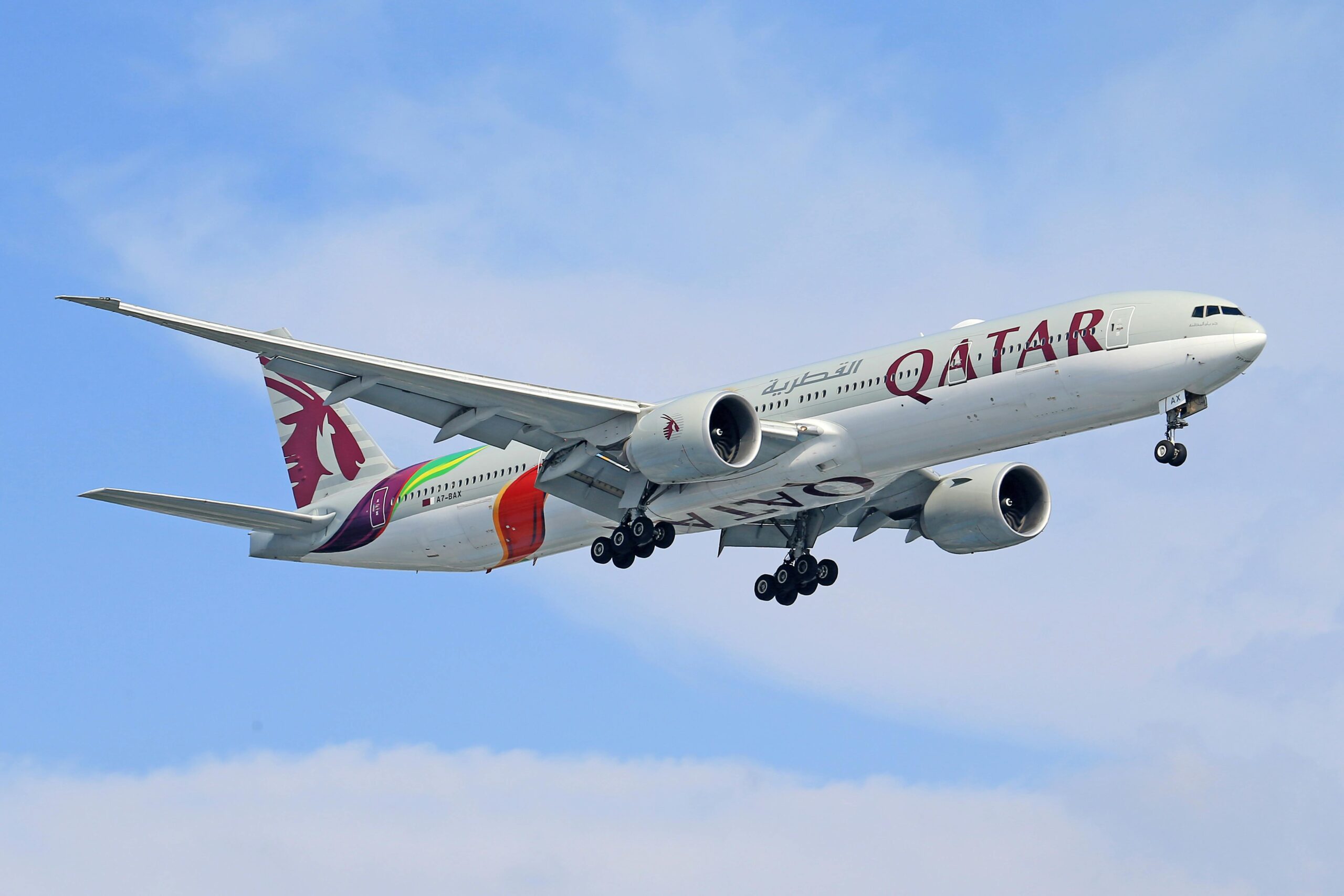

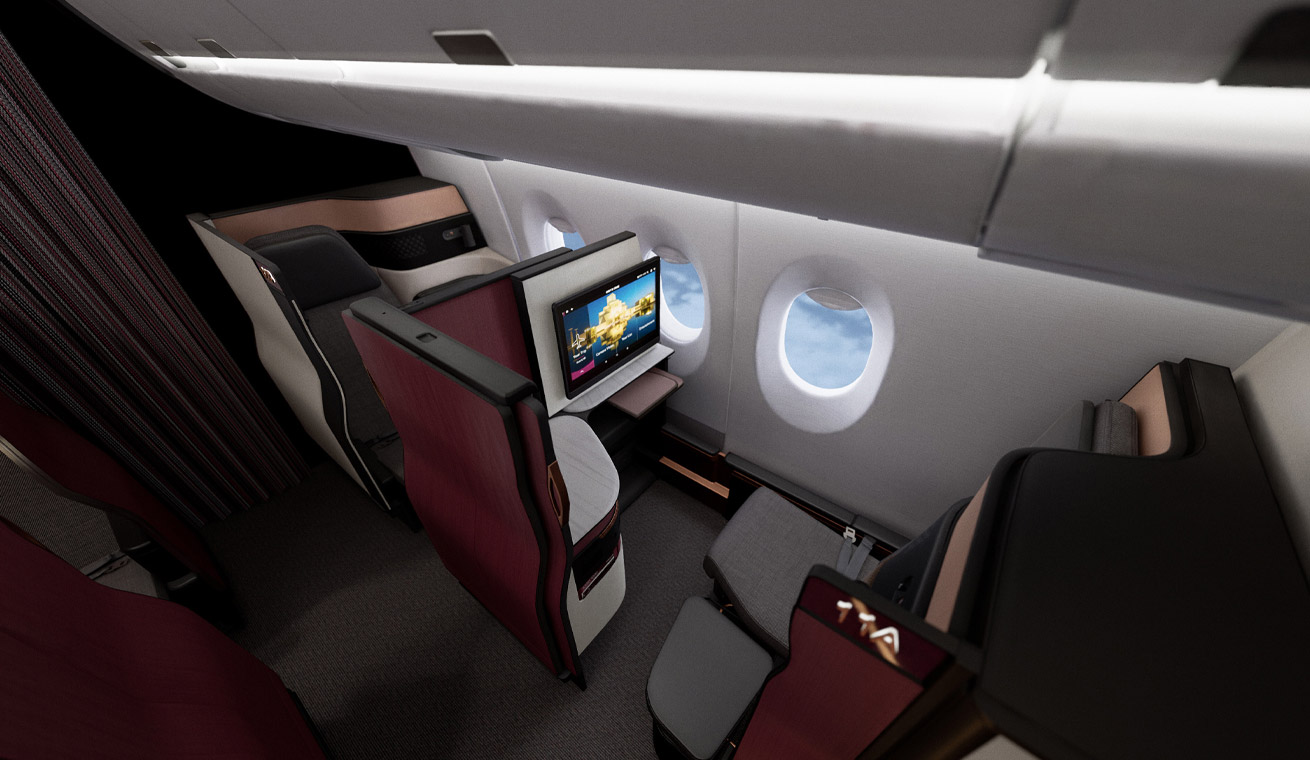


Leave a Reply